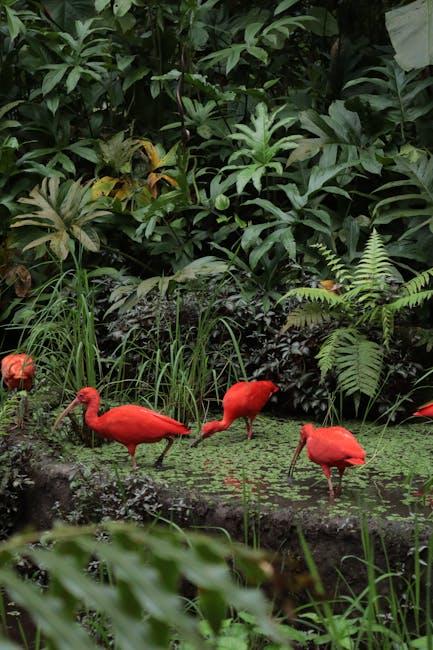Biodiversity is a crucial component of a healthy ecosystem, and trees play a vital role in supporting this biodiversity. In this article, we will explore the relationship between biodiversity and trees, and the important ways in which trees contribute to the overall health and balance of natural ecosystems. By understanding the intricate connections between trees and biodiversity, we can better appreciate the importance of preserving and protecting our planet’s forests.
When it comes to promoting biodiversity, trees play a crucial role in maintaining the balance of ecosystems. Trees provide a habitat for a wide variety of wildlife, from birds and insects to mammals and plants. This diversity of species helps to create a healthy and resilient ecosystem that can adapt to changing environmental conditions. In addition, trees also help to improve soil health, regulate water cycles, and capture carbon dioxide, contributing to climate change mitigation.
However, the threats posed by deforestation are putting immense pressure on biodiversity around the world. The clearing of forests for agriculture, logging, and urban development is leading to the loss of habitat for countless species, resulting in a decline in biodiversity. Tree planting initiatives are essential in conservation efforts to counteract this loss. By planting and protecting trees, we can help to restore habitats, provide food and shelter for wildlife, and preserve the biodiversity that is essential for the health of our planet.
Q&A
Q: What is biodiversity?
A: Biodiversity refers to the variety of living organisms in a particular ecosystem, including plants, animals, fungi, and microorganisms.
Q: Why is biodiversity important for trees?
A: Biodiversity is essential for the health and resilience of tree populations. A diverse ecosystem can support a wide range of species, which in turn helps to regulate ecosystems, provide vital services like pollination and seed dispersal, and enhance overall ecosystem stability.
Q: How do trees contribute to biodiversity?
A: Trees provide habitat and food for a variety of wildlife species, including birds, mammals, insects, and fungi. Additionally, different tree species have unique characteristics that can support different types of organisms, further increasing biodiversity.
Q: What are some threats to biodiversity in relation to trees?
A: Deforestation, habitat fragmentation, invasive species, climate change, and pollution are all major threats to biodiversity and can have serious negative impacts on tree populations and the ecosystems they support.
Q: How can we protect and enhance biodiversity in relation to trees?
A: Conservation efforts such as reforestation, habitat restoration, sustainable land management practices, and protecting natural habitats are essential for preserving biodiversity and ensuring the continued health of tree populations. Additionally, promoting awareness and education about the importance of biodiversity can help foster a greater appreciation for nature and motivate people to take action to protect it.
Conclusion
trees play a crucial role in maintaining biodiversity by providing habitats for a wide range of species and promoting ecosystem stability. As we continue to face environmental challenges such as deforestation and climate change, it is more important than ever to protect and preserve our forests. By recognizing the value of trees in supporting biodiversity, we can work towards building a sustainable future for all living organisms on our planet. So let us join hands in taking action to ensure the survival of both trees and the diverse life forms they shelter. Remember, the future of our planet depends on it.
Simpsons Tree Services, Servicing Melbourne’s North Eastern Suburbs
Book a quote online at www.simpsonstrees.com.au




